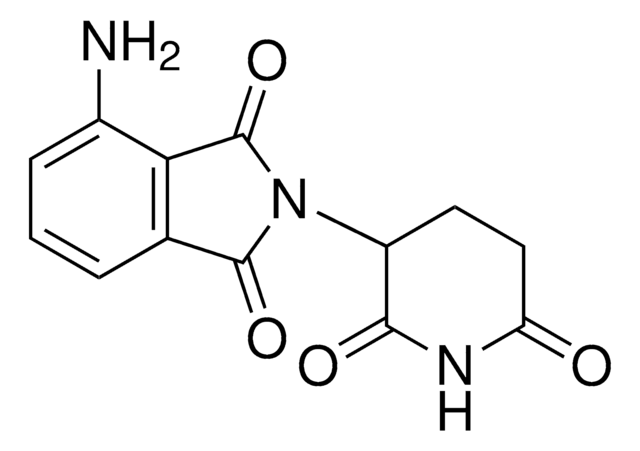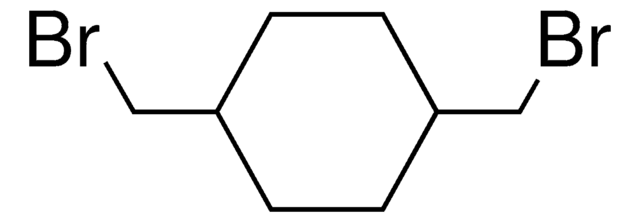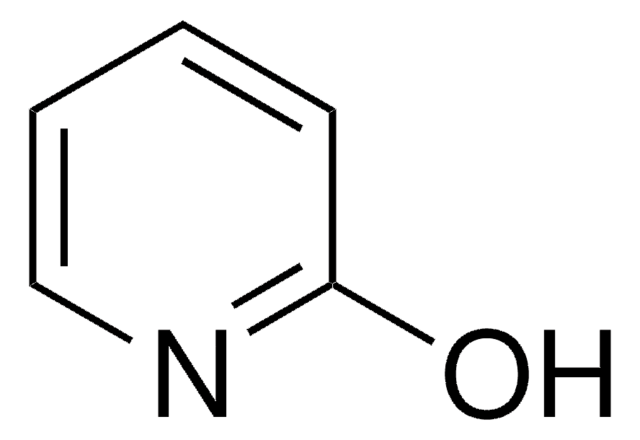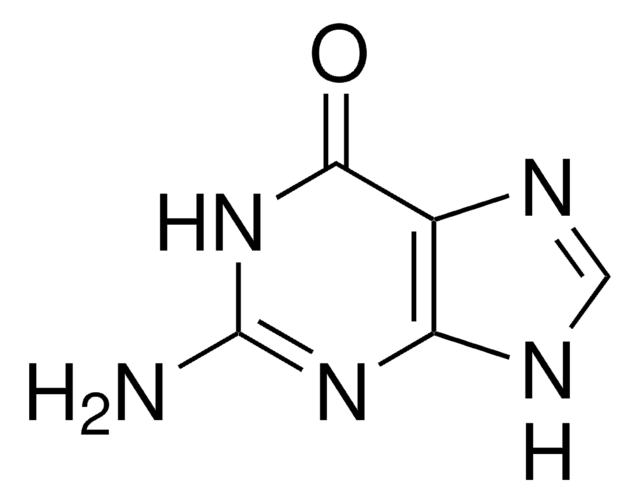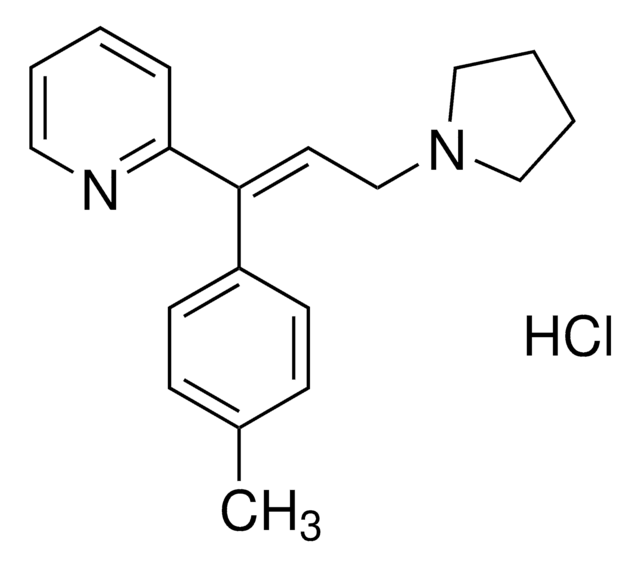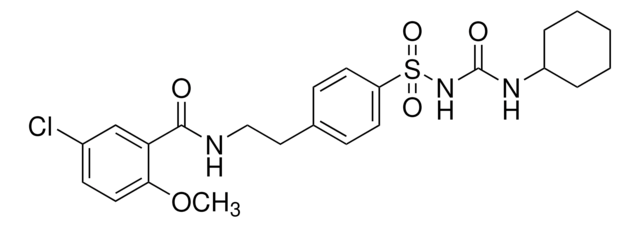Kluczowe dokumenty
SML0119
Acrivastine
≥98% (HPLC)
Synonim(y):
(E)-6-((E)-3-(1-Pyrrolidinyl)-1-p-tolylpropenyl)-2-pyridineacrylic acid
About This Item
Polecane produkty
Poziom jakości
Próba
≥98% (HPLC)
Postać
powder
warunki przechowywania
desiccated
kolor
white to beige
rozpuszczalność
DMSO: >2 mg/mL (warmed)
temp. przechowywania
2-8°C
ciąg SMILES
Cc1ccc(cc1)\C(=C/CN2CCCC2)c3cccc(\C=C\C(O)=O)n3
InChI
1S/C22H24N2O2/c1-17-7-9-18(10-8-17)20(13-16-24-14-2-3-15-24)21-6-4-5-19(23-21)11-12-22(25)26/h4-13H,2-3,14-16H2,1H3,(H,25,26)/b12-11+,20-13+
Klucz InChI
PWACSDKDOHSSQD-IUTFFREVSA-N
informacje o genach
human ... HRH1(3269)
Zastosowanie
Działania biochem./fizjol.
Kod klasy składowania
11 - Combustible Solids
Klasa zagrożenia wodnego (WGK)
WGK 3
Temperatura zapłonu (°F)
Not applicable
Temperatura zapłonu (°C)
Not applicable
Certyfikaty analizy (CoA)
Poszukaj Certyfikaty analizy (CoA), wpisując numer partii/serii produktów. Numery serii i partii można znaleźć na etykiecie produktu po słowach „seria” lub „partia”.
Masz już ten produkt?
Dokumenty związane z niedawno zakupionymi produktami zostały zamieszczone w Bibliotece dokumentów.
Nasz zespół naukowców ma doświadczenie we wszystkich obszarach badań, w tym w naukach przyrodniczych, materiałoznawstwie, syntezie chemicznej, chromatografii, analityce i wielu innych dziedzinach.
Skontaktuj się z zespołem ds. pomocy technicznej

